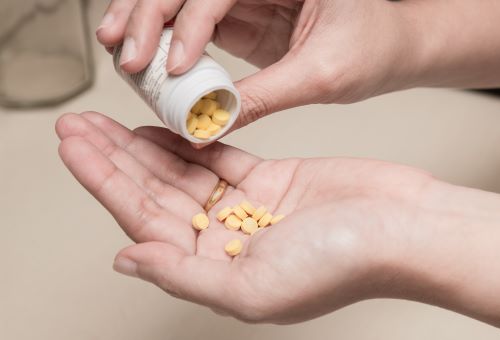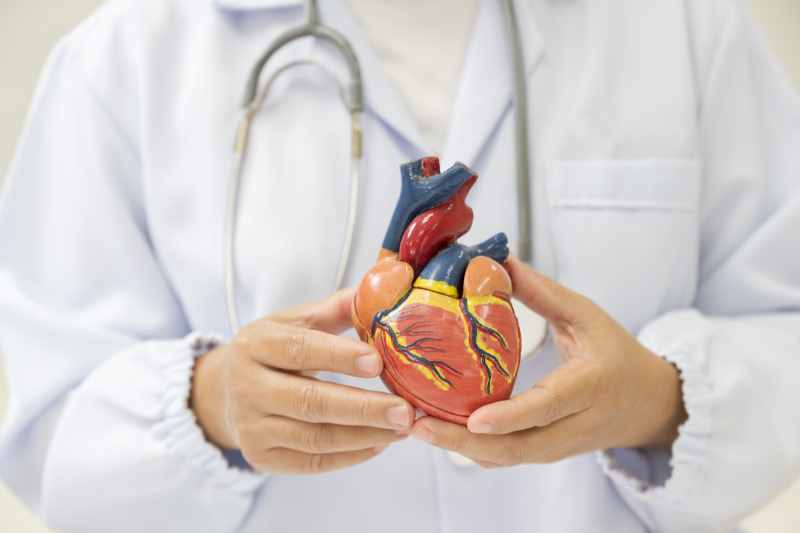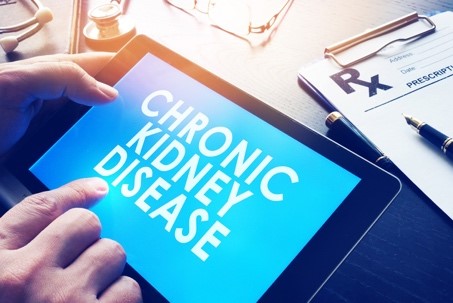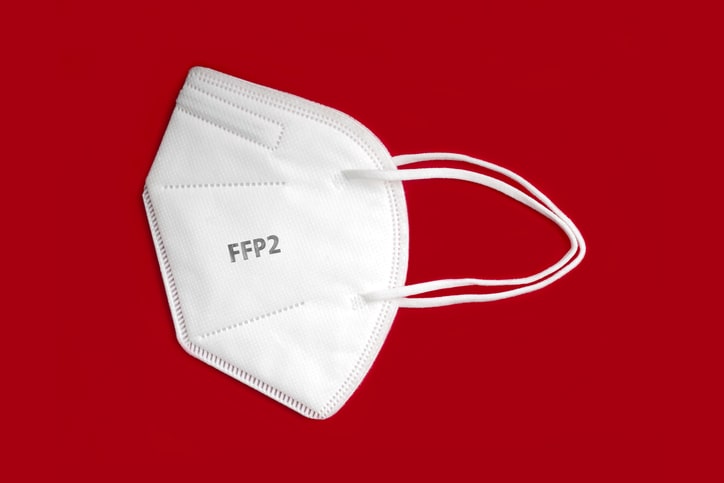
Mortality and morbidity associated with kidney disease are responsible for substantial public health and economic burdens worldwide. Kidney disease is also a key determinant of poor outcomes for other noncommunicable diseases (NCDs), with 7.6% of the 1.4 million annual cardiovascualr deaths attributed to decreased kidney function. Kidney disease, diabetes, hypertension, and cardiovascular disease have profound impacts on global morbidity and mortality, yet kidney disease receives less attention in research on the treatment and etiology of NCDs, according to Yanji Qu, MD, PhD, and colleagues.
Climate change is playing an increasing role in the global burden of kidney disease. Previous studies have shown associations between extreme heat exposure and increased incidence, morbidity, and hospital admission rates for kidney disease. Other studies have examined the associations between extreme heat exposure and emergency department (ED) visits for kidney disease overall, as well as subtypes including acute kidney injury (AKI), chronic kidney disease (CKD), kidney stones, urinary tract infections (UTIs), and renal colic.
According to the researchers, collective results of those studies are inclusive and current understanding of the specific impact of extreme heat exposure on kidney disease is limited. The researchers conducted a case-crossover study to fill knowledge gaps in the associations between extreme heat exposure and renal ED visits. Results were reported in the American Journal of Kidney Diseases [2023;81(5):507-516].
The study examined the associations between extreme heat exposure and ED visits related to kidney disease overall and by subtype in summer and transitional months in New York state. To further define associations between extreme heat exposure and ED visits, data were stratified by sociodemographic characteristics.
Extreme heat exposure was defined as when the daily temperature exceeded the 90th percentile temperature of that month during the study period in the county. The outcome of interest was ED visits with a principal diagnosis of kidney disease and its subtypes (International Classification of Diseases, Ninth Revision codes 580-599, 788).
A conditional logistic regression model, controlling for humidity, air pollutants, and holidays, was used to compare extreme heat exposure on the ED visit days with extreme heat exposure on control days. The excess risk of kidney disease was calculated for a week (lag days 0-6) after extreme heat exposure during the warm season (May through September).
There were 1,114,322 ED visits related to kidney disease in New York state during the study period. Overall, temperature and the number of kidney-related ED visits were highly correlated. During the months May to September, there was a monotonically increasing risk of renal ED visits as temperatures increased. Depending on the day, there was an association between extreme heat exposure and a 1.7% (95% CI, 0.9%-2.5%) to 3.1% (95% CI, 2.3% to 4.0%) excess rate of kidney-related ED visits in the week following the exposure. The impact of extreme heat exposure on kidney-related visits to the ED increased from lag day 0 to lag day 2, weakening after the strongest effect on lag day 2.
In general, the association between extreme heat exposure and kidney-related ED visits was stronger in the transitional months (excess rates ranged from 1.8% to 5.1%) than in summer (excess rates ranged from 1.5% to 2.7%). In May, the association between extreme heat exposure and kidney-related ED visits persisted for a week after the exposure; the strongest association occurred on lag day 2 (excess rate of 5.1%; 95% CI, 3.4%-6.8%). In September, the strongest association was on lag day 0 (excess rate of 4.2%; 95% CI, 2.6%-5.8%). A statistically significant association was lost by lag day 4.
There were significant associations between extreme heat exposure and greater ED visits due to AKI, kidney stones, UTIs, other kidney and ureter disorders, and other lower urinary tract disorders. The association was strongest for AKI and lasted for 4 days following the extreme heat exposure. The association with kidney stones persisted for a week, and the association with UTI was transient and lasted from lag day 0 to lag day 2.
The association between extreme heat exposure and kidney-related ED visits was significantly modified by age and sex. Individuals >65 years of age experienced more kidney-related ED visits during the short-term period after extreme heat exposure (from lag day 0 to lag day 3). For those 18 to 65 years of age and 5 to 18 years of age, the association between extreme heat exposure and excess risk of renal ED visits lasted the week following the exposure (lag day 0 to lag day 6). The association was stronger for males than for females.
There were no significant associations between extreme heat exposure and the risk of renal ED visits based on race, ethnicity, and insurance status. Excess rates of kidney-related ED visits were assessed according to the number of days of extreme heat exposure during the week prior to the visit to detect a potential dose dependence. The association between extreme heat exposure and kidney-related ED visits showed a dose-dependent trend from 1 to 5 days of exposure in the previous week; the trend did not persist beyond 5 days of exposure.
The researchers noted some limitations to the study findings, including the sample size in the analyses of the associations between extreme heat exposure with subtypes of kidney disease, the possibility of confounders, limiting the analyses to the severe cases of kidney disease, not evaluating individual exposure to heat or access to air conditioning, and the possibility of exposure misclassification due to assigning the same temperature values for a specific day for cases within a county.
In conclusion, the authors said, “Extreme heat exposure was significantly associated with increased risk of ED visits related to multiple kidney disease types and displayed a dose-dependent relationship. This association lasted a week after exposure and was stronger during transitional months (especially May) than in summer. The kidney disease subtype showing the strongest association was AKI, although kidney stones and UTIs also showed strong associations. Age and sex may modify observed associations. The association of extreme heat exposure and kidney disease was observed not only in summer but also in transitional months.”
Takeaway Points
- Researchers reported results of a case-crossover study assessing the associations between extreme heat exposure and kidney-related emergency department (ED) visits in summer and transitional months in New York state.
- There was an association between extreme heat exposure and a 1.7% (lag day 0) to 3.1% (lag day 2) higher risk of kidney-related ED visits.
- The association was stronger in the transitional months (May and September) and was strongest among ED visits related to acute kidney injury, kidney stones, and urinary tract infections.







 © 2025 Mashup Media, LLC, a Formedics Property. All Rights Reserved.
© 2025 Mashup Media, LLC, a Formedics Property. All Rights Reserved.